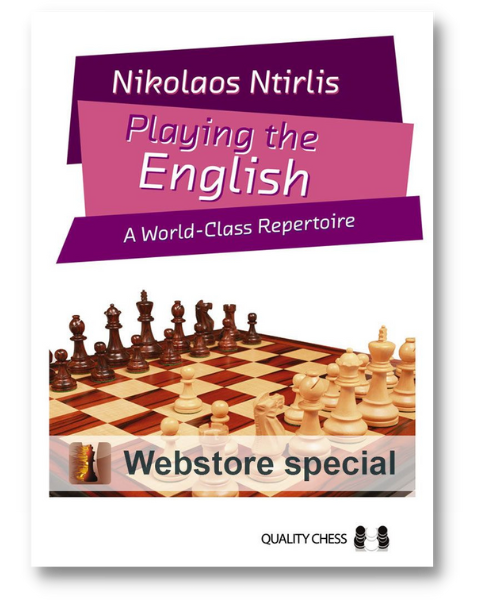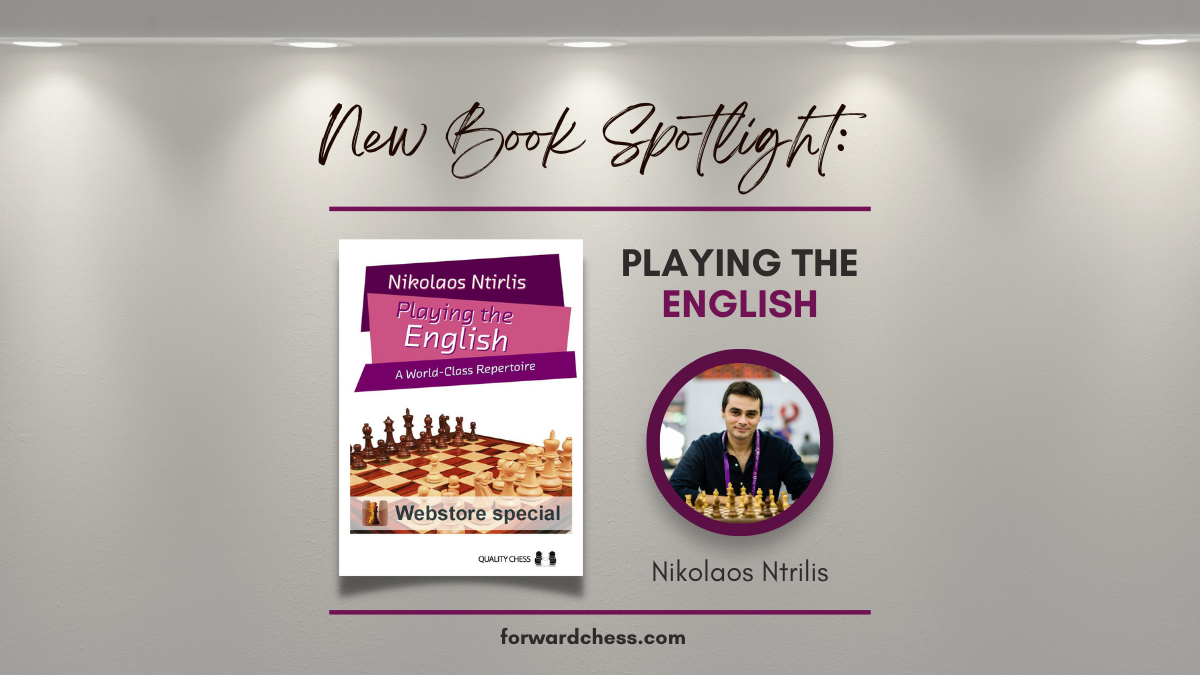How would you feel playing White in the following positions?
Ntirlis – Elyoseph, ICCF 2020
White is ready to play b4-b5! Black managed to defend after 25…Nd7!
Ntirlis- Almeida, ICCF 2016
It is White’s move. I got a winning position with the typical 17.Na5!
Ntirlis – Hassan, IECC 2005.
Black just played 13…d4 and I went 14.Qb5!
Ntirlis – Keber, ICCF 2021
I played 19.c5! And followed it up with Bd2 and b4 with a nice edge.
Did you feel comfortable in White’s shoes? If yes, read on.
A Common Question
Almost every other day, I hear the question:
Which opening should I play next?
I usually follow up by asking something like “What do you want to accomplish with your opening choice?”
Typically, the answer contains most (or all!) of the following:
- I want the opening to be sound
- Easy to learn
- To give me winning chances in every game
- To be easy to maintain. Not having to work hard if a novelty appears.
- The chess engine to like it in all lines
Any reasonable chess player knows that there cannot be an opening that satisfies all the above criteria. But that’s fine. If there was, everyone would play this one particular opening and we will soon get bored to death.
But I claim, that there is one opening that comes close. That’s 1.c4, the English Opening.
In the rest of this article, I will do my best to convince you.
Why Play the English?
The English Opening is one of the most versatile openings in modern chess. It allows you to safely control the center, create imbalances, stay flexible, and avoid the most analyzed main lines that everyone else studies day and night.
White starts with the move 1.c4, which immediately stakes a claim in the center and poses a challenge to Black. How will they free up their pieces? Many times, Black feels obliged at some point to play their pawn to d5. Ending up with a structure like the one in the diagram.
That’s what is commonly known as the “Central Pawn Majority”, and it has a VERY important characteristic: It is more sensitive for Black, rather than White!
What does this mean?
- White is safe, even after a few small mistakes.
- Black is in trouble after a few small mistakes.
And… guess what? In games between humans, small mistakes happen all the time!
That’s why I think that the English is sound, practical, and gives winning chances. White has the center and the easier position to understand and play, as the typical piece maneuvers are only a bunch. Also, it is the easiest opening to create imbalances.
What’s the issue, then? Why doesn’t everyone just play 1.c4?
The Problem With the Chess Engines
This is what IM John Bartholomew recently shared on Twitter:
I couldn’t put that better than him! Chess engines don’t love 1.c4. They quickly show 0.00 or very near to that pretty early. But this shouldn’t be a problem for a practical player, even at the top level.
Do you remember the positions at the start of this article? I asked you how you felt thinking about them. I bet that most of you felt that White is much better, or at least comfortably better in most of them. I asked the same-titled players, even GMs. They all agreed. White should be better and in a practical game between humans, White should be expected to have a decent plus score playing these positions.
The reason is simple. White has a bit more control over the center, doesn’t have any weaknesses and it is easy to see which will be the next few moves.
The chess engines have a different opinion, though. Except for one position (my win against Almeida) the engine evaluation is close to 0.00. And this introduces a huge deal of bias into people’s minds.
So, I invite you to a world where the engine output shouldn’t matter that much. It can be there, and it can provide information and guidance, but what should matter the most are practical considerations: statistics of human games, sound structures, typical plans, ease of play etc.
What Now?
Conclusion: the English Opening is a great choice for players who want to play for an edge starting from a sound position, without memorizing massive amounts of theory.
If you want to learn more about the English Opening and get a complete and practical repertoire after 1.c4, check out my new book, Playing the English – A World-Class Repertoire. It’s available as an e-book from Forward Chess.


Nikolaos (aka “Nikos”) Ntirlis is a chess coach and an award-winning author. He has been working with top-level players since 2004 and has written five books and many articles on chess openings. He is an International Master in correspondence chess and is currently playing in the European and World Championships finals. He is active on Twitter, where he posts instructive and fresh chess ideas. Nikos is also a Revenue Operations Manager at Databox, a business analytics app. His motto: “Inform all your decisions based on data” reflects his approach to both his work in business and his chess. Follow him on Twitter and LinkedIn to learn more about his chess and business insights.
Have any thoughts or questions? Let us know in the comments below!
- 1000 Published books on Forward Chess - November 15, 2024
- Book Review: A Guide To Chess Improvement - September 9, 2024
- Review: Chess Coach by Vladimir Barsky - August 26, 2024
